有限会社松光山栄光
Chamfered Free Cup
Chamfered Free Cup
Supplementary product information
Supplementary product information
Production area: Yamaguchi Prefecture
Size:
・(Diameter) 8.3cm
・(Height) 10.5cm
Capacity: Approximately 250cc (80% full)
Material: Pottery
<Precautions for use>
・Microwave use is possible. (Limited to warming purposes only.)
・When using a dishwasher, please arrange items so that they do not come into contact with each other (to avoid contact between dishes and prevent damage.)
・Before using the vessel, soak it in water each time and allow it to fully absorb water to prevent it from absorbing cooking juices and liquids.
・As you use it, the crazing will gradually develop color, but this patina is one of the characteristics of Hagi pottery, so please enjoy the changes.
・Since Hagi pottery absorbs moisture easily, please ensure it is completely dry before storing. Insufficient drying may cause mold.
Couldn't load pickup availability
This free cup is handcrafted with each piece individually chamfered by hand.
With a capacity of approximately 250cc, it's the perfect size for use with ice and other beverages.
The smooth texture and gentle color palette make it easy to blend beautifully with any table setting.
※Since each piece is handmade, there may be slight variations in size and appearance. Please understand this before placing your order.
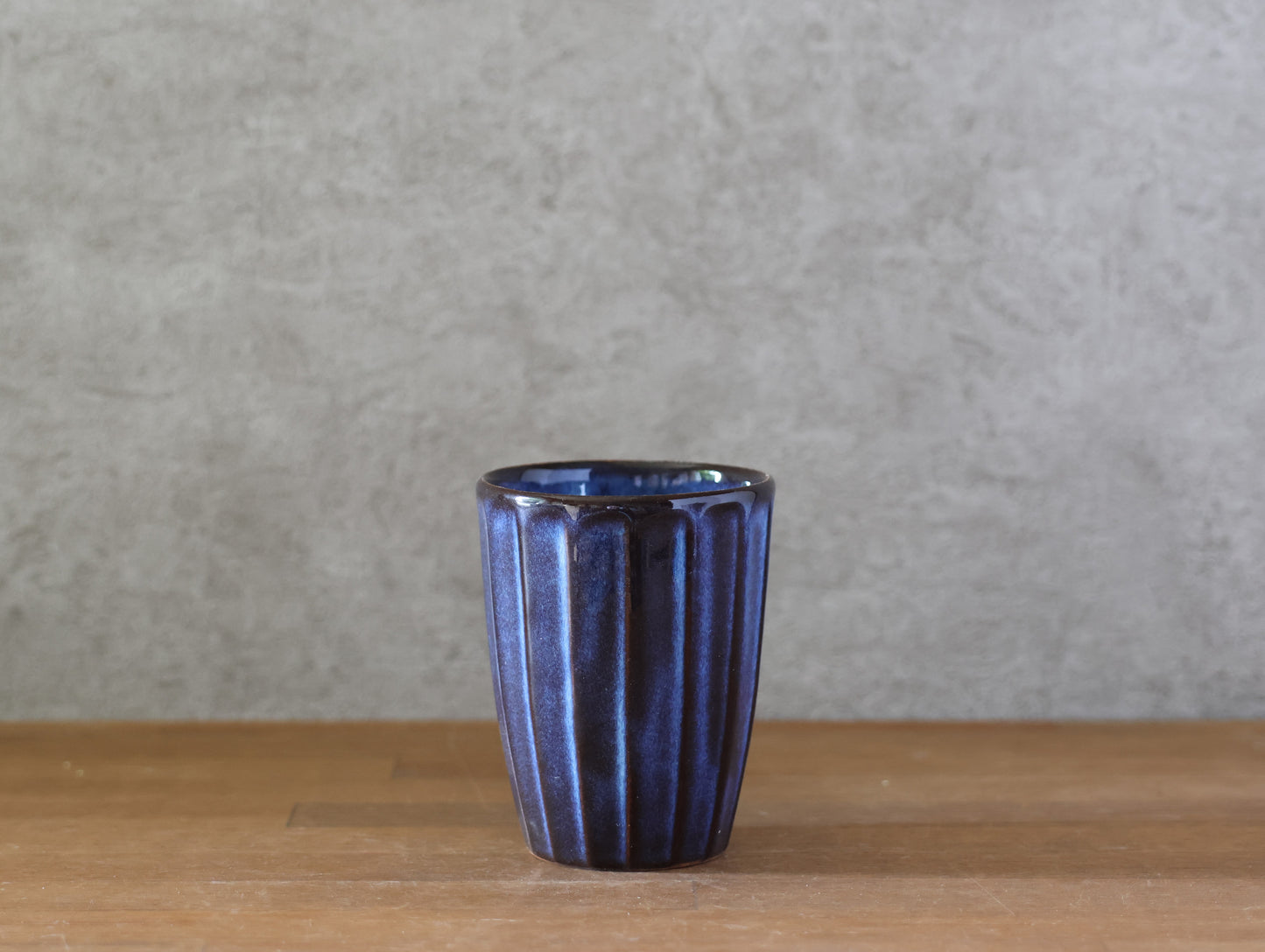
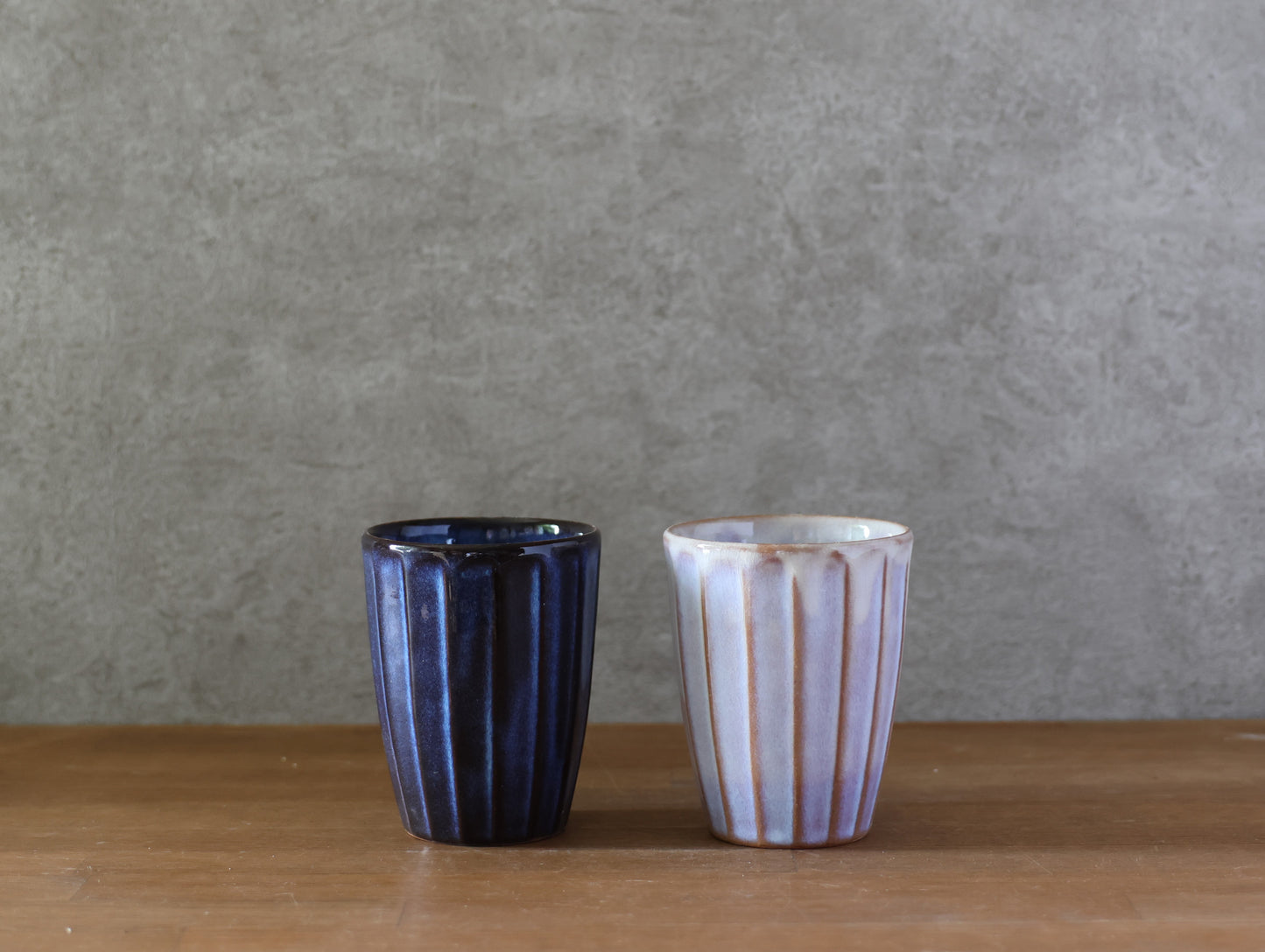
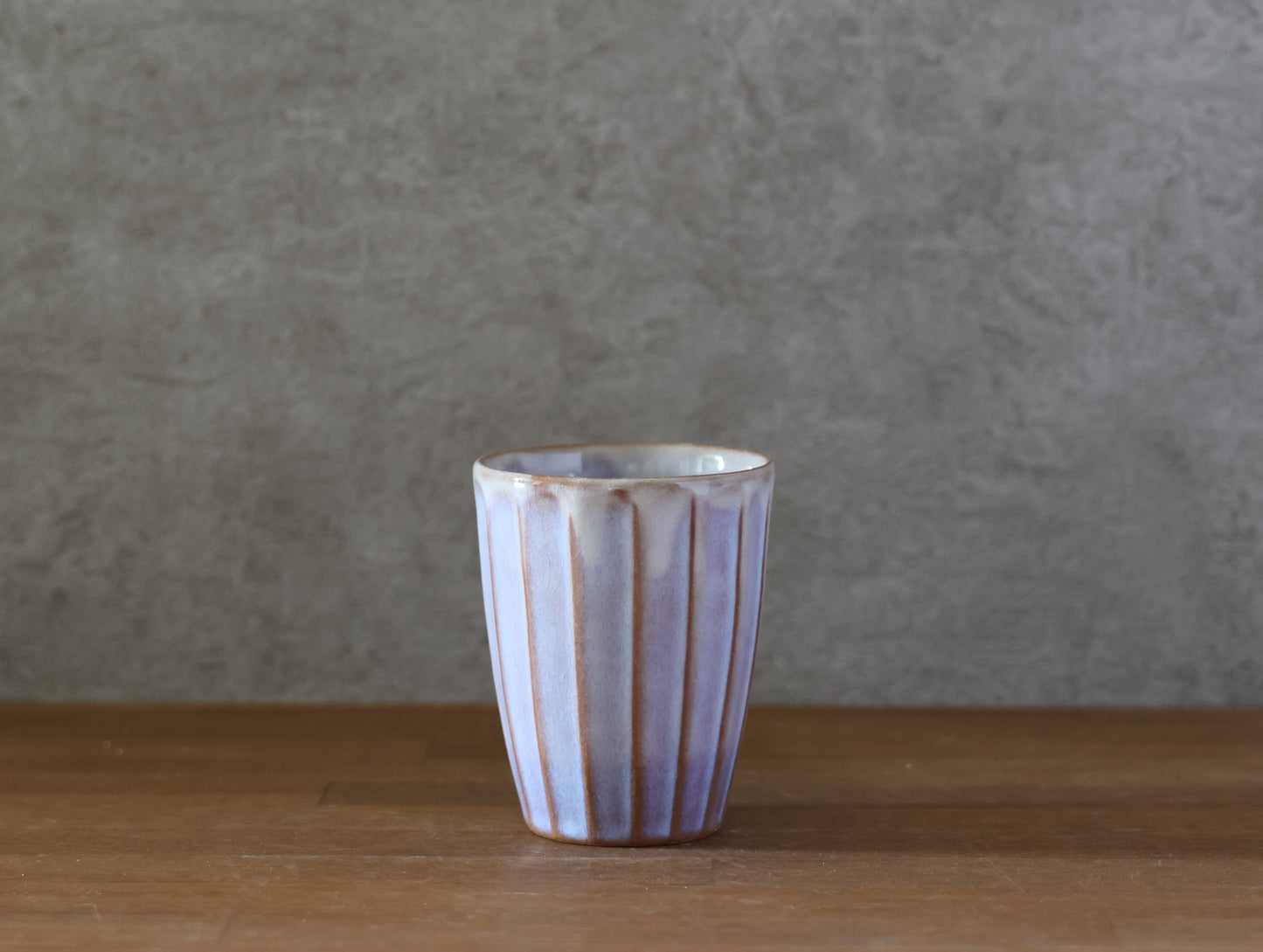
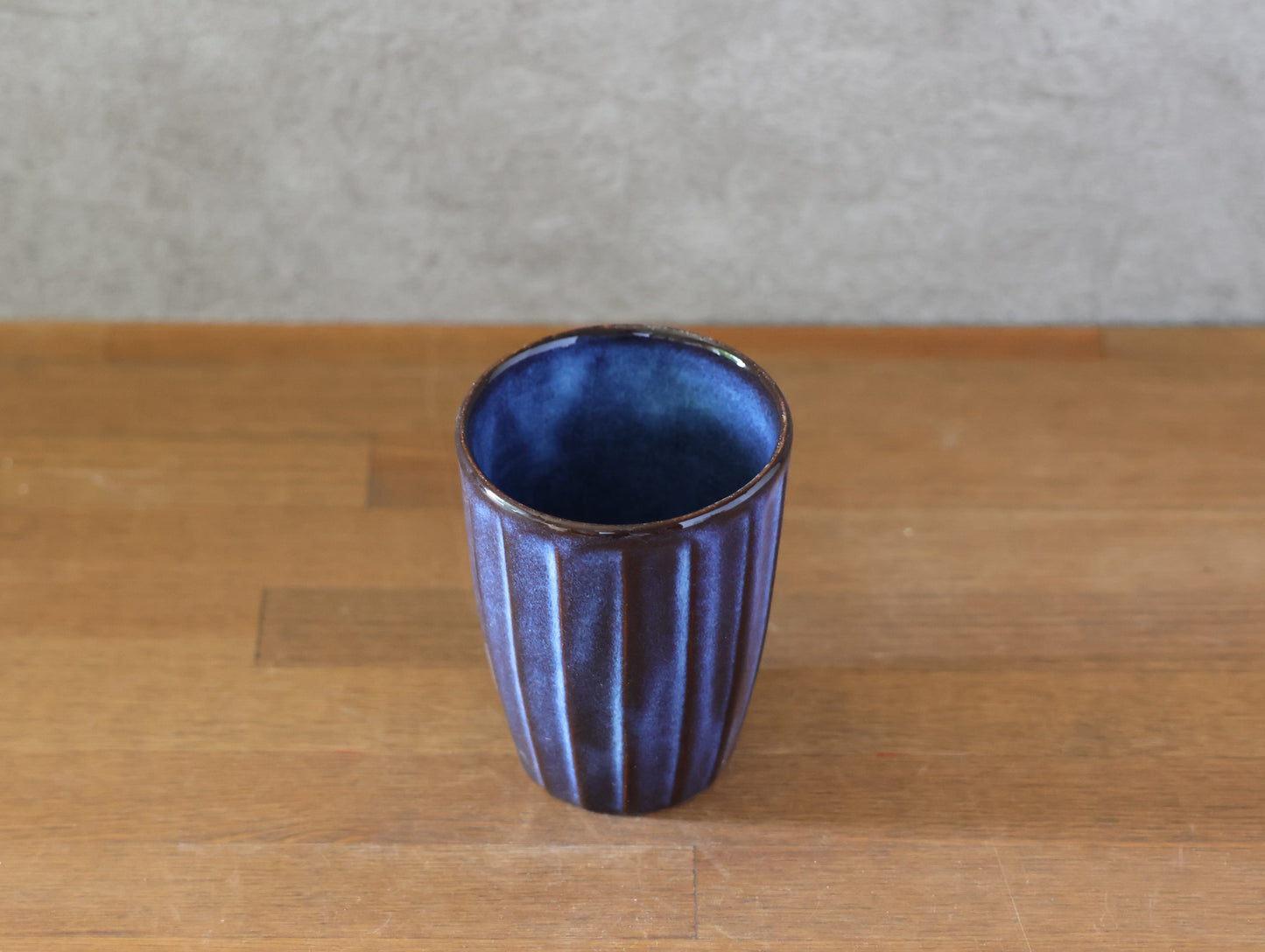
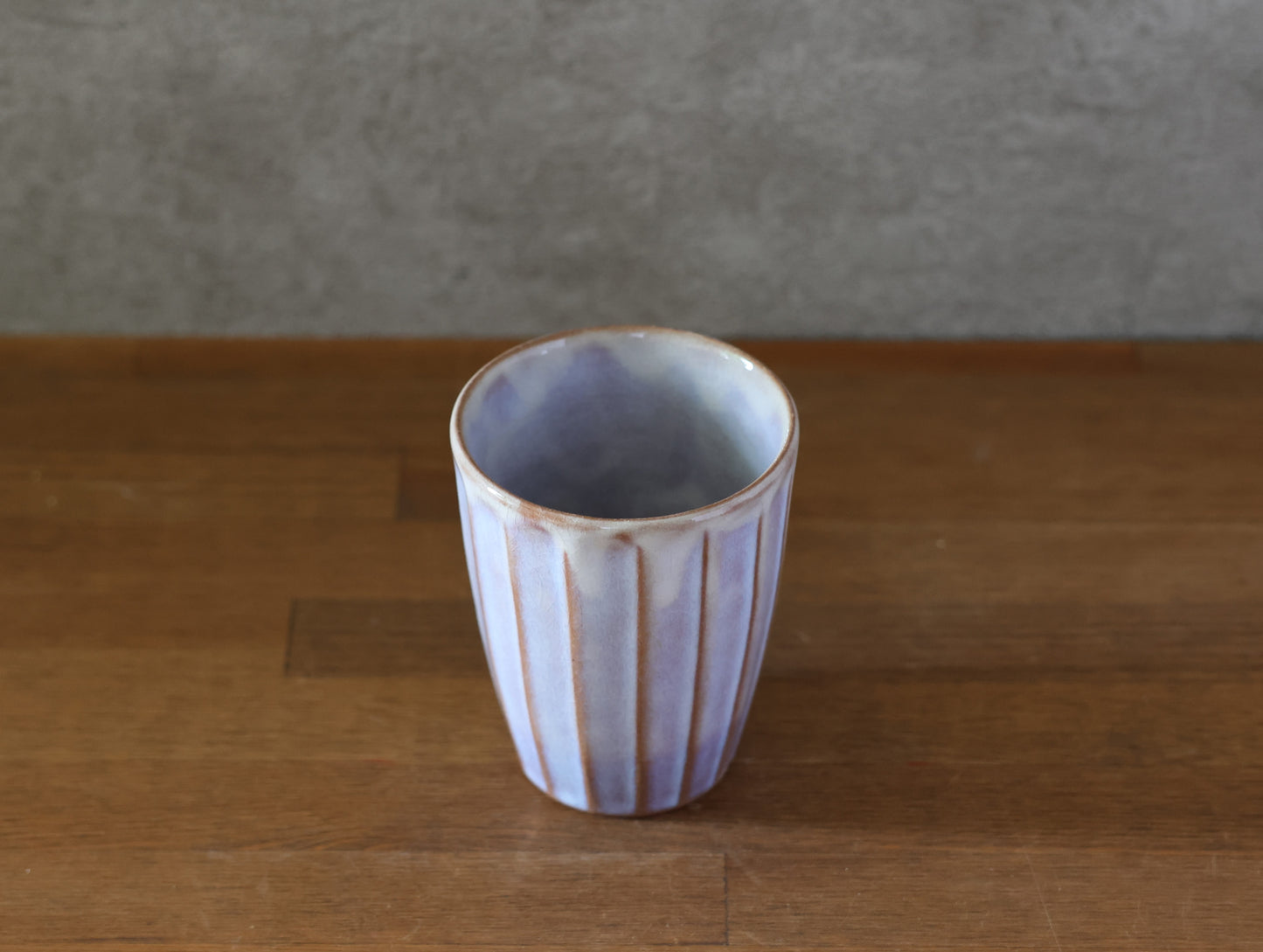
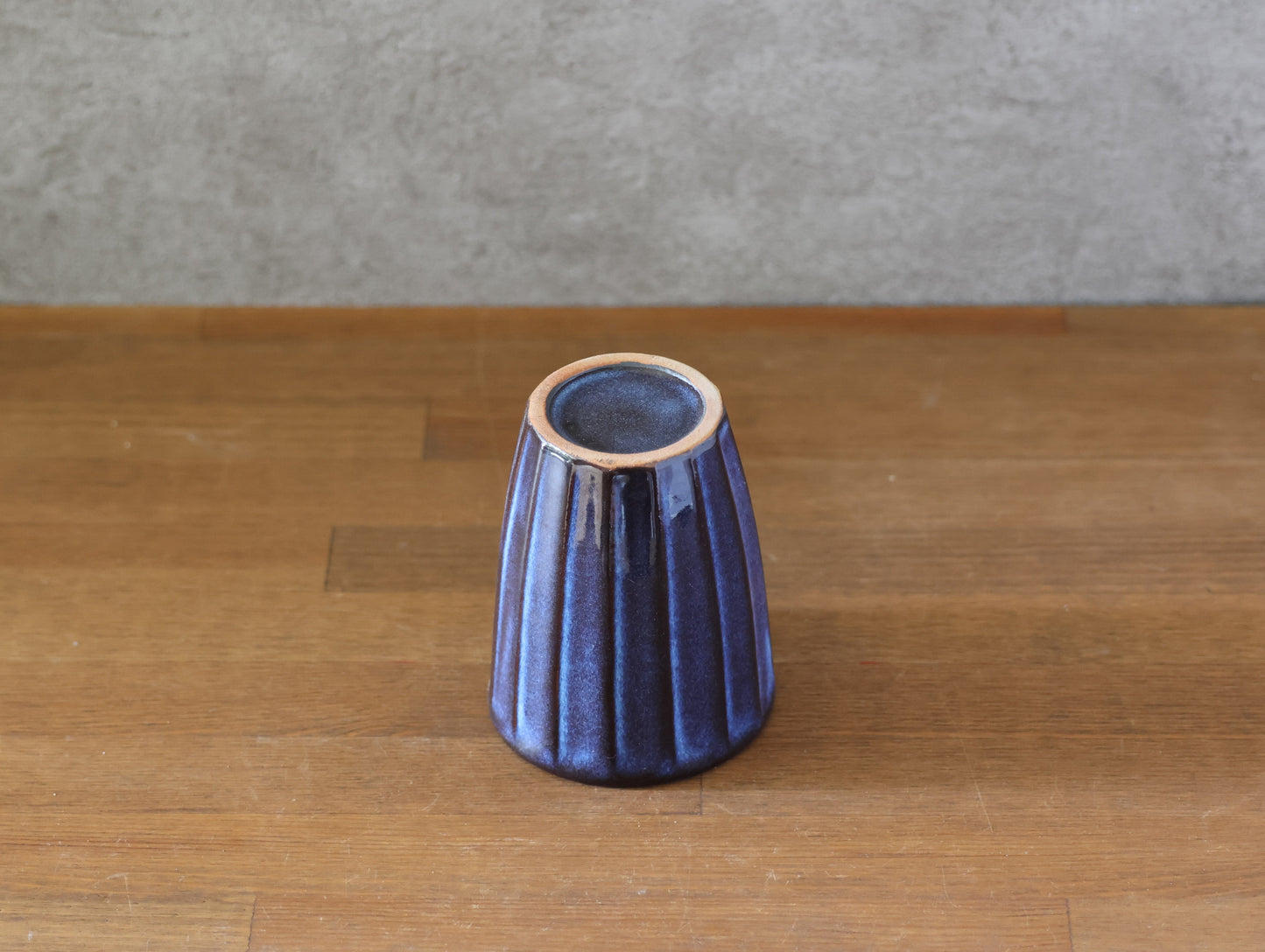
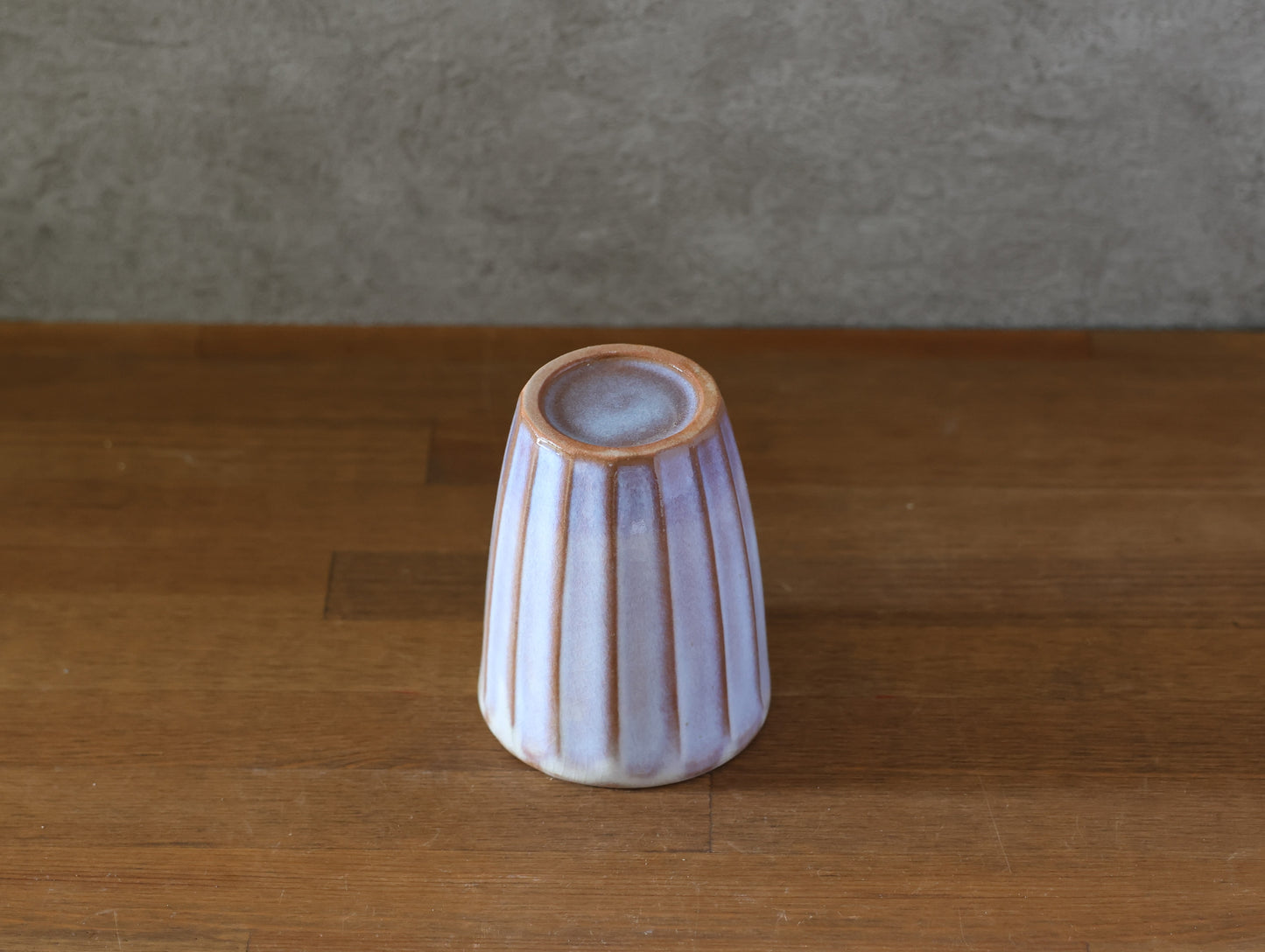
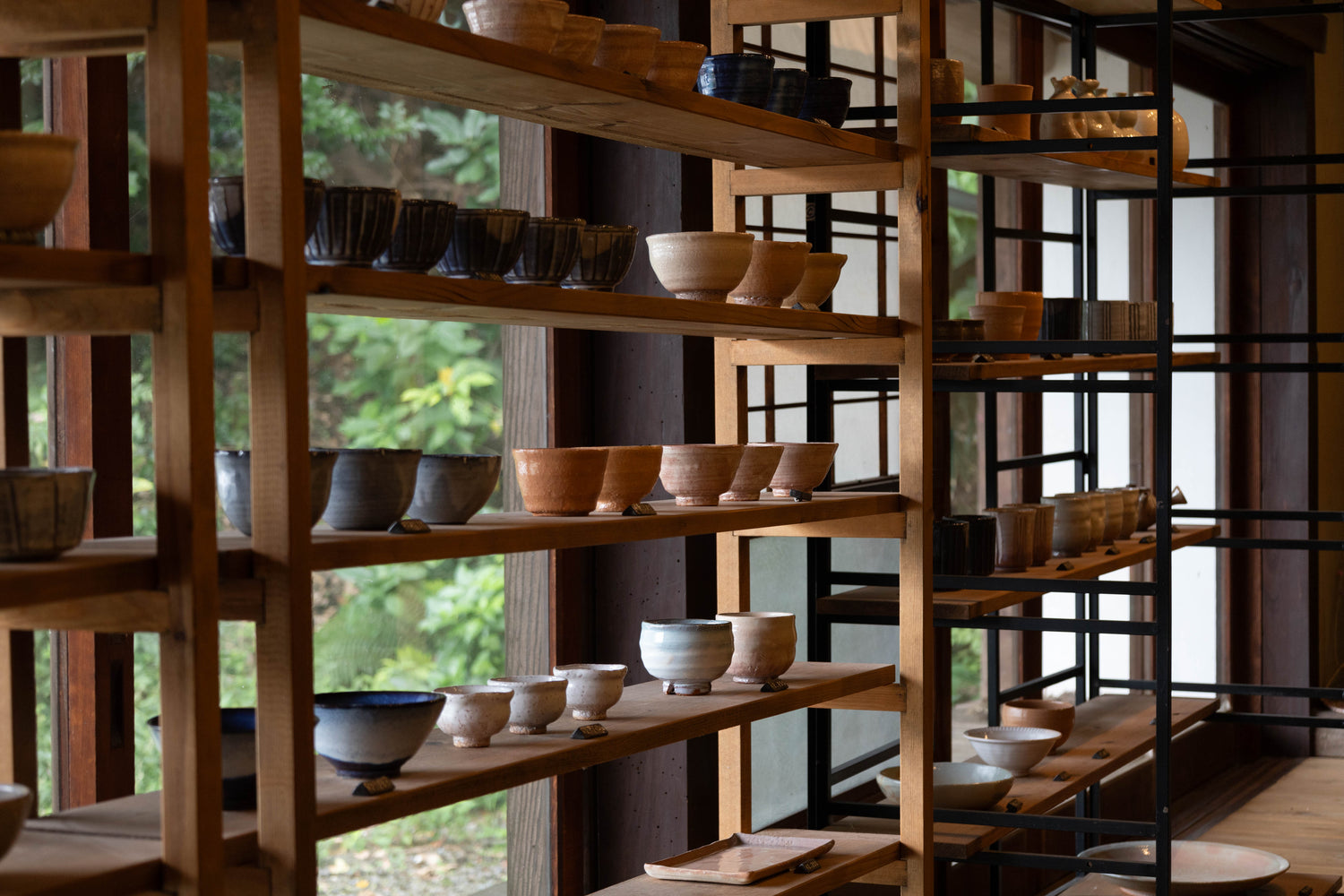
The history of Hagi ware
Although it is said that the name "Hagi-yaki" came into general use from the Meiji period onward, the history of Hagi-yaki pottery dates back to the early Edo period. In Keicho 9 (1604), by order of Mori Terumoto, the founder of the Hagi domain, Korean potters Ri Shakko and his younger brother Ri Kei established an official kiln, which is considered the beginning of Hagi-yaki.

Characteristics of Hagi ware
Hagi pottery is characterized by its soft texture that brings out the natural qualities of the clay. Additionally, as the temperature drops after firing, cracks called "crazing" appear on the surface due to the difference in shrinkage rates between the clay and glaze. One of the pleasures of using Hagi pottery is watching how the crazing gradually develops color over time with use.
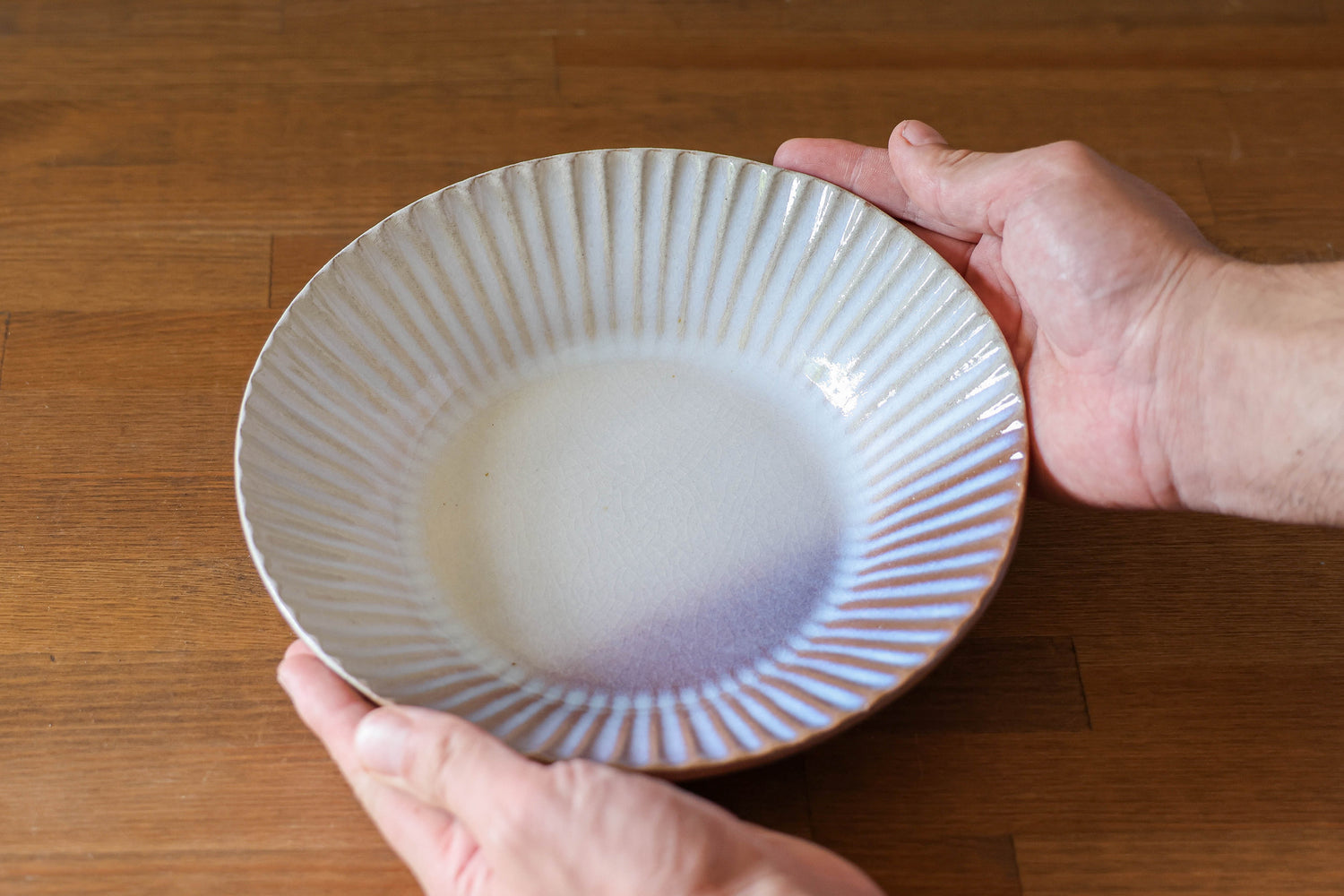
Caring for Hagi ware
Hagi pottery easily absorbs moisture. Before using the vessel, soak it in water each time and allow it to absorb water thoroughly, which will make it less likely to absorb juices from food. After use, please ensure it is completely dry before storing.
Hagi ware
Hagi-yaki pottery originates from Hagi City in Yamaguchi Prefecture. This is the castle town of the Choshu Domain and the Mori family, which produced notable figures such as Yoshida Shoin and Takasugi Shinsaku.
The "crazing" that appears on the surface of Hagi-yaki causes the character to change the more it is used. These ever-changing expressions are called "Hagi no nanabake" (the seven transformations of Hagi) and are part of the charm of Hagi-yaki pottery.








